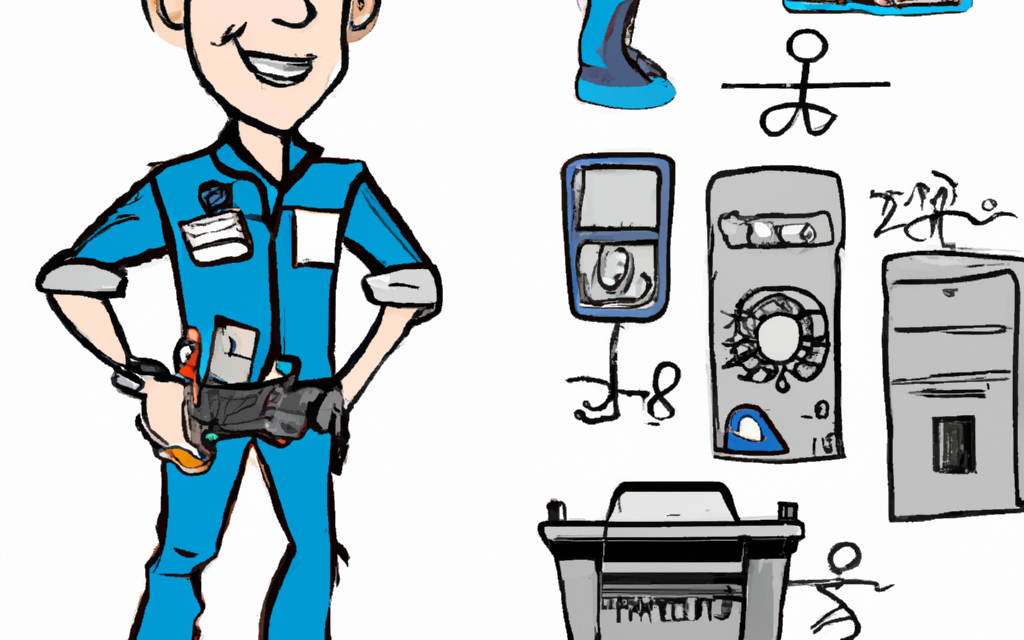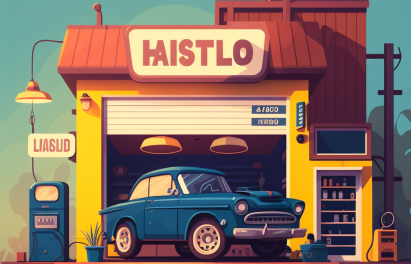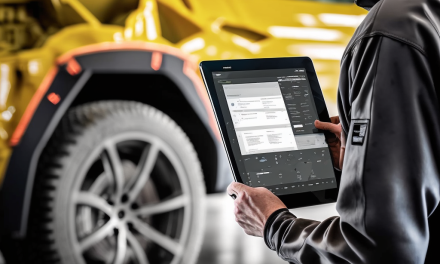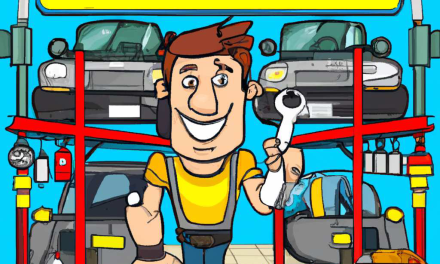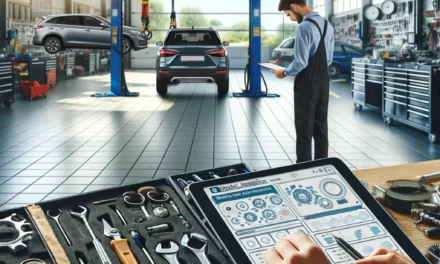The Roots of the Mechanic’s Toolbox
The history of the mechanic’s toolbox dates back to the early days of the automotive industry, when vehicles were rudimentary and required constant maintenance. The first mechanics relied on simple hand tools such as wrenches, hammers, and screwdrivers to fix and maintain these early automobiles. As vehicles evolved, so did the tools required to service them, paving the way for the modern mechanic’s toolbox.
The Advent of Specialized Tools
As the automotive industry progressed, so did the complexity of vehicles. This led to the developing specialized tools designed to address specific automotive repair and maintenance tasks. From socket sets and torque wrenches to diagnostic tools like multimeters and OBD-II scanners, the mechanic’s toolbox expanded to accommodate the needs of the growing industry.
The Digital Revolution in Auto Repair
The 21st century marked a significant shift in automotive technology, with vehicles increasingly relying on computer systems and electronic components. This digital revolution necessitated the introduction of advanced diagnostic tools and software to service these modern vehicles properly. Mechanics now rely on tools like code readers, oscilloscopes, and specialized software to troubleshoot and repair the sophisticated systems in today’s automobiles.
The Emergence of Cordless and Electric Tools
As technology continued to advance, cordless and electric tools began to replace their manual counterparts. Introducing powerful and efficient lithium-ion batteries allowed mechanics to work more efficiently without the limitations of cords or the need for manual force. Impact wrenches, ratchets, and drills now come in cordless versions, allowing mechanics to work in tight spaces and perform tasks more quickly and precisely.
3D Printing and the Future of Auto Repair Tools
The future of the mechanic’s toolbox is set to be revolutionized by 3D printing technology. Mechanics can create custom tools for specific repair jobs, making working on unique or hard-to-reach components easier. This will reduce the need for large inventories of specialized tools, as mechanics can print the necessary tool on demand.
The Role of Augmented Reality in the Modern Mechanic’s Toolbox
Augmented reality (AR) is poised to play a significant role in the future of auto repair. AR technology can overlay digital information onto the physical world, providing mechanics with real-time data, step-by-step instructions, and even remote assistance from experts. This has the potential to dramatically improve the efficiency and accuracy of repairs, reducing the need for repeated work and minimizing the risk of damage to sensitive components.
Eco-Friendly Tools and Sustainable Practices
As environmental concerns become increasingly important, the mechanic’s toolbox is evolving to incorporate eco-friendly tools and practices. Biodegradable lubricants, low-VOC cleaners, and energy-efficient lighting are just a few examples of sustainable products that forward-thinking mechanics adopt. The auto repair industry can help minimize its environmental impact by embracing these eco-friendly innovations.
The Importance of Continuous Education and Training
To keep up with the rapidly evolving world of automotive technology, mechanics must engage in continuous education and training. By staying abreast of the latest tools, techniques, and industry trends, mechanics can ensure they are prepared to tackle the challenges presented by modern vehicles. This commitment to ongoing learning will be essential to the future success of the auto repair industry.
Conclusion: The Ever-Changing Landscape of Auto Repair Tools
The evolution of the mechanic’s toolbox is a testament to the adaptability and innovation of the automotive industry. As vehicles continue to become more complex and reliant on advanced technology, mechanics must stay current with the latest tools and techniques.

